What Month Is Best to Plant Flower Seeds? A Season-by-Season Guide
Planting flower seeds brings new life to your garden and brightens up your outdoor space. The best month to plant flower seeds depends on the type of flowers and your local climate. For many regions, spring is a popular choice, especially after the danger of frost has passed. Seeds like zinnias are typically sown in the spring, offering a burst of color as they bloom.
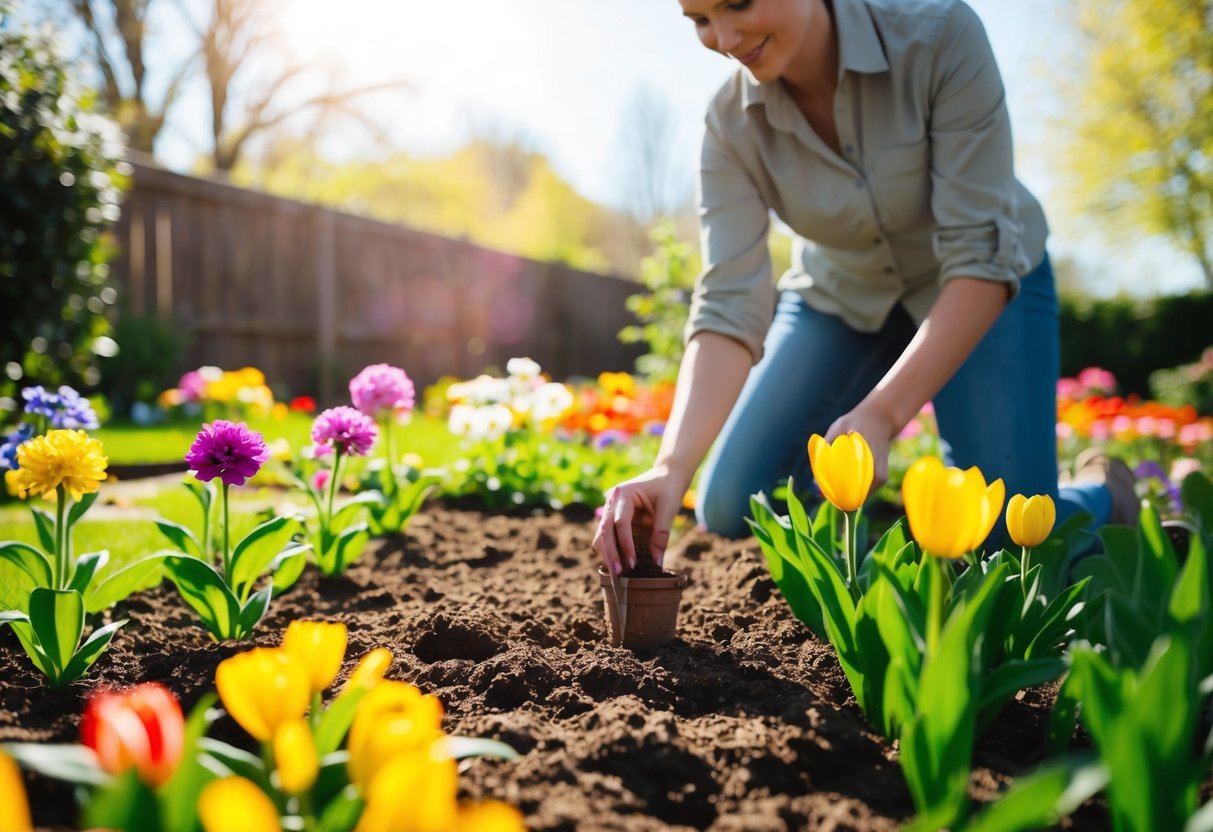
If you choose to plant in the fall, you’re setting the stage for early spring blooms, especially in milder climates. Some seeds require warmer soil to germinate, making late spring or early summer ideal. Remember to check your seed packets for specific instructions, as this can ensure the best growth.
Exploring the different options lets you enjoy a thriving garden throughout the year. Think of your garden as a canvas, where you can experiment and create something beautiful. By understanding the best time to plant specific seeds, you can transform your garden into a vibrant, colorful haven.
Understanding Your Climate
Knowing your climate helps you decide the best time to plant flower seeds. You’ll need to think about frost dates, the growing season, sun exposure, and soil temperature to give your flowers the best start.
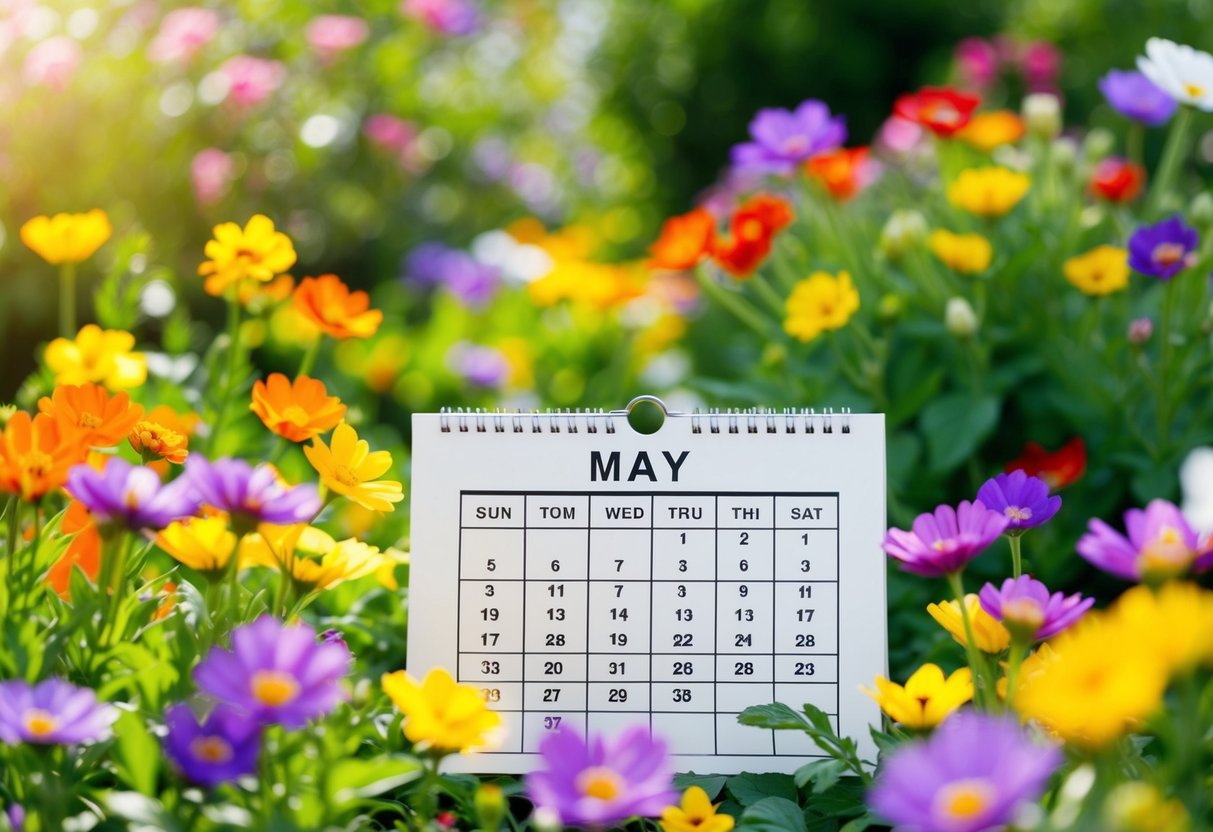
Frost Dates and Growing Season
Frost dates are crucial when planning to plant your flower seeds. The last frost date marks the end of the cold and is a key point for planting. Find this date using a local frost calendar. You should plan to plant after this date to avoid frost damage.
The growing season is the time between the last frost in spring and the first frost in the fall. It’s the period during which plants can grow without risk of frost. By knowing the growing season length, you can choose flowers that suit your climate and ensure they have enough time to grow.
Sun Exposure and Soil Temperature
Sun exposure affects how well your flowers will thrive. Different flowers have different sun needs. Some may require full sun, while others do well in partial shade. Think about where you’ll plant your flowers and how much sunshine the spot receives daily to select the right types.
Soil temperature is another important factor. Most seeds need warm soil for germination, often at least 55°F. To ensure good growth, you can measure soil temperature with a soil thermometer. Certain seeds might even need warmer temperatures around 70°F to sprout, which you can find in resources like this guide on warmer soil temperature.
Selecting the Right Flower Seeds
Choosing the right flower seeds is key to a successful garden. You need to consider whether you want annual or perennial flowers, and think about the benefits of using native plants in your ecosystem.
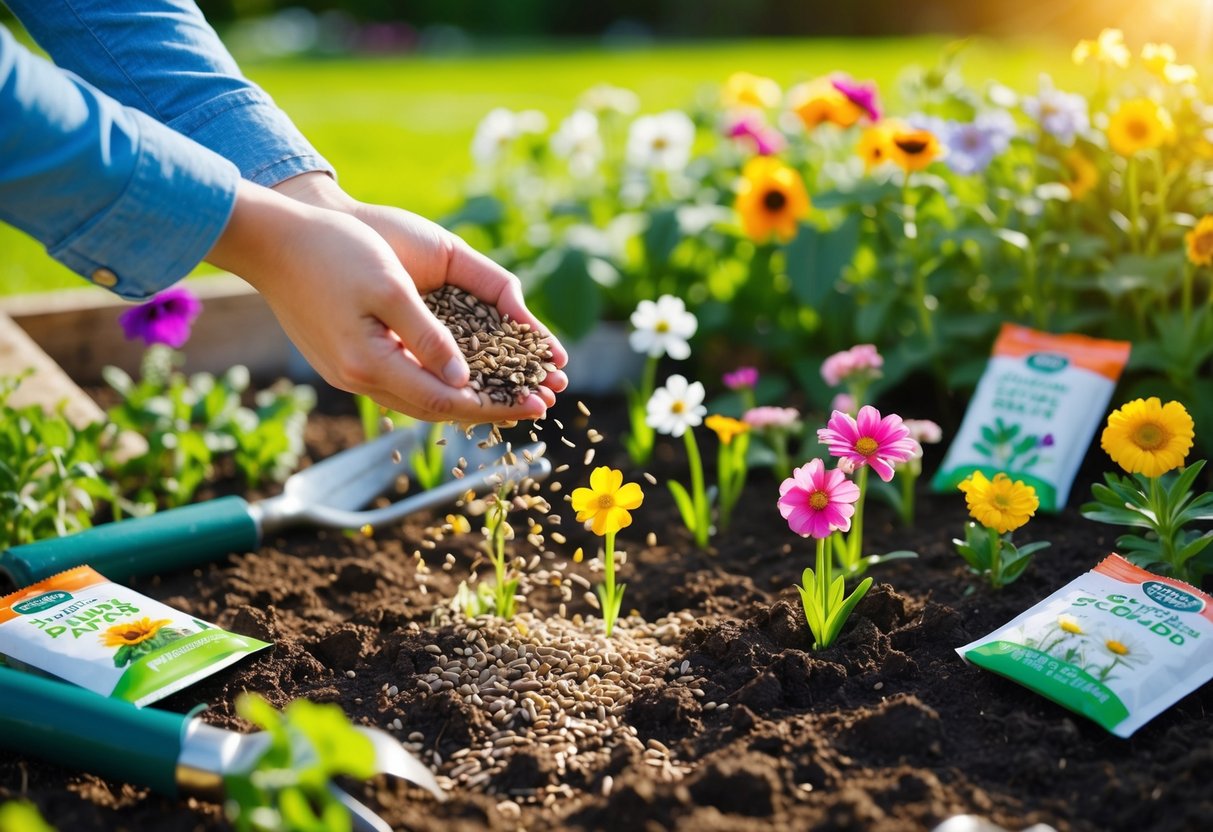
Annuals Versus Perennials
Annual flowers, like zinnias and marigolds, complete their life cycle in one growing season. This means they sprout, flower, set seed, and die all within a year. They’re great if you want vibrant colors that change every year. You can easily plant seeds for zinnias and marigolds during spring, bringing a splash of color to your garden for the season.
Perennial flowers grow back each year, making them an excellent long-term investment. Plants like daisies return season after season, offering you lasting beauty with less effort. While perennials might not have as immediate a burst of color as annuals, their recurring blooms can be rewarding. Remember to choose what fits your gardening goals best.
Native Plants and Ecosystem Benefits
Native plants are adapted to your local environment, needing less water and care. They support local wildlife, providing food and shelter. Adding native plants helps maintain biodiversity in your garden. This attracts beneficial insects and birds, which keep pests in check naturally.
When you select native flower seeds, you’re helping local ecosystems thrive. For example, native wildflowers can offer nectar for bees and butterflies. Consider mixing native plants with your other flowers to create a balanced and bustling garden. You’ll enjoy seeing nature at work while supporting the environment, one plant at a time.
Prepping Your Garden Bed
Getting your garden bed ready is a crucial step for healthy flowers. This involves adding enriching organic matter and controlling weeds with mulch, ensuring your flowers have the best environment to thrive.
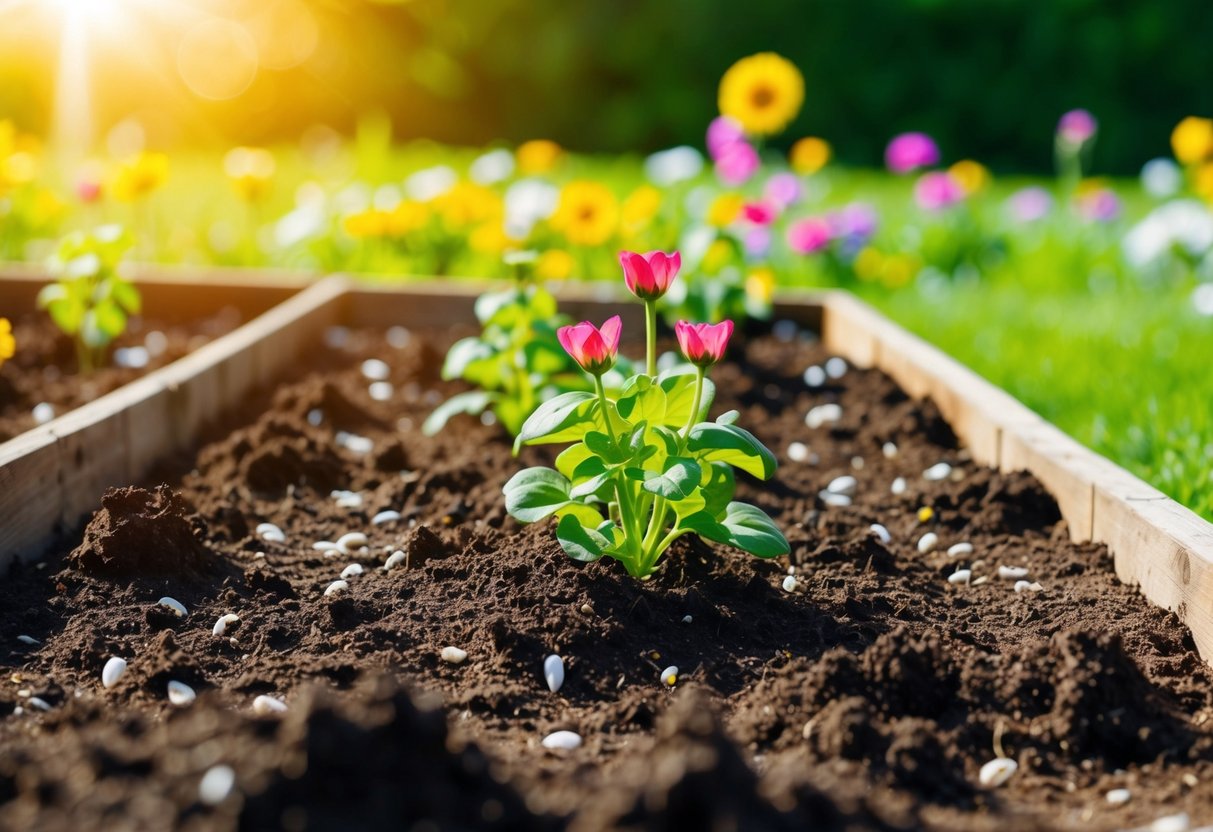
The Role of Compost and Organic Matter
Compost and organic matter are like vitamins for your soil. Compost boosts nutrients, enhancing soil structure. When preparing your garden bed, add a 2 to 3-inch layer of compost. Mix it with the existing soil to a depth of about 12 inches.
Avoid using extremely fine compost, as it can break down too quickly. Organic matter improves drainage and provides nutrients over time. Compost and organic matter ensure your flowers have a strong start by creating a rich soil foundation.
Mulching and Weed Control
Mulching is your secret weapon against weeds. A layer of mulch about 3 to 4 inches thick helps lock in moisture and shields your flowers from the sun’s scorching rays. Use materials like wood chips or straw, and spread them evenly over your garden bed.
Mulch not only keeps weeds at bay but also maintains soil temperature and moisture. By reducing competition from weeds, your flowers get more nutrients and water for growth.
Sowing Seeds Successfully
When you plant flower seeds, it’s important to consider the location and conditions that promote healthy growth. Knowing whether to start seeds indoors or outdoors and understanding germination requirements will set you on the path to a flourishing garden.
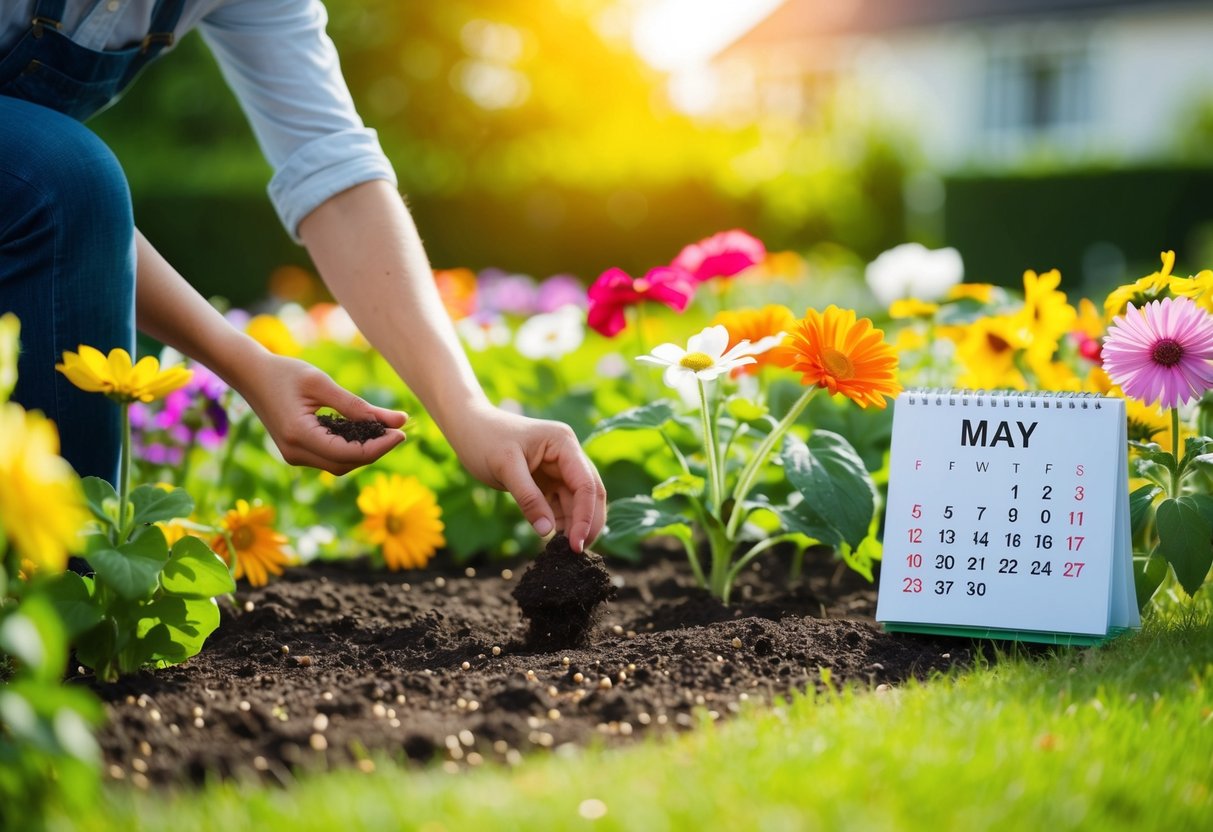
Starting Seeds Indoors Versus Outdoors
Starting seeds indoors gives you more control over the growing conditions. You can begin growing them even when the weather outside is too cold. This involves using trays and containers filled with potting soil. Many gardeners use seed packets to know the ideal temperature and light requirements. Indoor starting can lead to stronger plants ready to be transplanted after the last frost.
On the other hand, planting flower seeds directly outdoors works well once the soil reaches about 55°F. This method often involves a practice called winter sowing, where seeds like perennials are sown in outdoor containers during winter. This allows natural processes such as stratification, a cold treatment needed by some seeds to sprout, to take place. Both methods are viable—but choosing the right one depends on your specific seed needs and climate.
Germination Requirements
Germination is the process where a seed begins to grow. For successful germination, flower seeds need specific conditions such as correct soil temperature, moisture, and light levels. Most seeds prefer soil temperatures above 55°F to sprout effectively. You can refer to the seed packets for detailed instructions on these requirements.
Moisture is vital; too much water can drown seeds, while too little can dry them out. Ensure soil is damp but not waterlogged. Stratification, mentioned earlier, is a germination requirement for some seeds, especially those started outside in cooler conditions. By meeting these needs, you’ll improve your chances of growing healthy flowers.
Caring for Your Flower Garden
Keeping your flower garden healthy involves giving your plants the right amount of water and nutrients. It’s also important to manage pests and encourage beneficial pollinators to visit your garden.
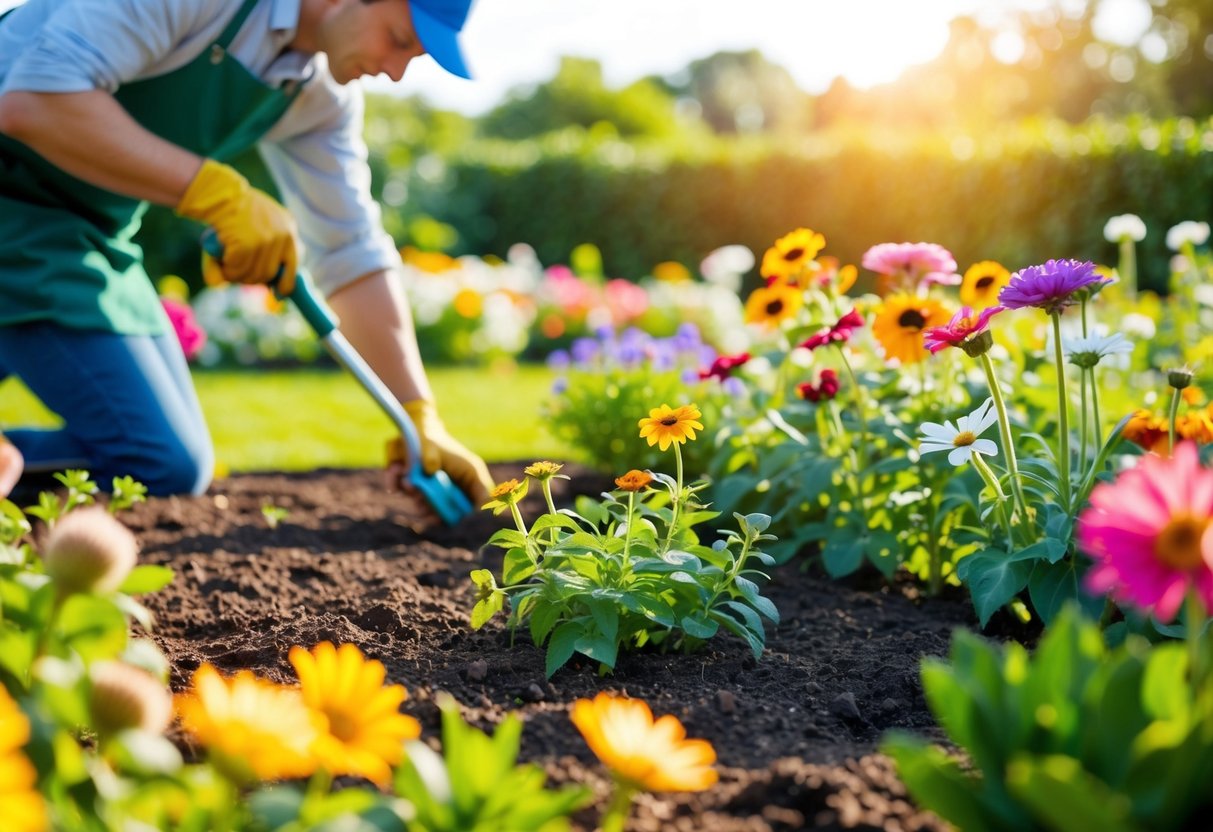
Watering and Fertilizing
Watering is crucial for seedlings and established plants. You should water early in the morning or late in the afternoon to prevent evaporation. Aim for deep watering once a week, which helps roots grow strong. Use a soil moisture meter or stick your finger into the soil; if it’s dry, it’s time to water.
Fertilizing is essential for a blooming garden. Choose a balanced fertilizer every 4-6 weeks during the growing season. Use compost or organic fertilizers for low maintenance and healthier soil. Applying mulch can help retain moisture and reduce the need for frequent watering. Keep an eye on your plants’ leaves. Yellowing can indicate a need for more nutrients.
Dealing with Pests and Pollinators
Pests like aphids and slugs can damage your flower garden. You can easily spot signs of pest activity by inspecting plants regularly. If you notice any, consider using natural remedies like neem oil. You can also introduce beneficial insects like ladybugs, which feed on pests.
Encouraging pollinators such as bees and butterflies helps your flowers thrive. Plant a variety of flowers to attract different types of pollinators. Bright, single-bloom flowers are especially inviting to bees and butterflies. Avoid pesticides, or use them sparingly, to keep these helpful creatures safe. Creating a welcoming environment for pollinators improves both the beauty and health of your garden.







